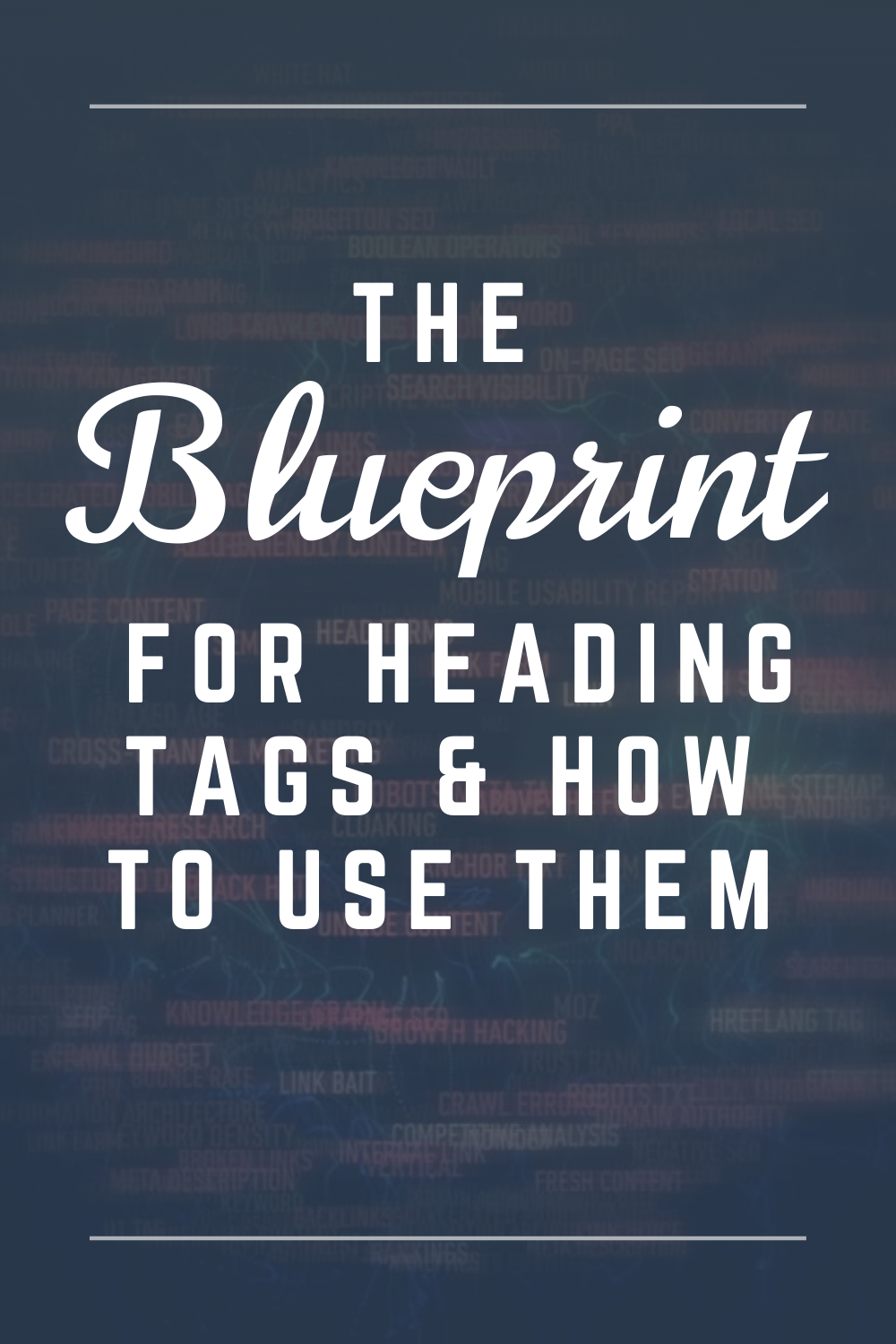When you look at the beer taps at the bar, you will see that each one is labeled with a name. This helps you see what ales are available, and helps the bartender pull the right beverage. Heading tags on your website do the same thing. They label information so that search engines and readers know what they are getting when they visit your site.

Types of Headings
There are different types of headings that you will use on your site depending on the function of the heading. These are the most commonly used:
- The H1 Heading Tag is the title of each page. You will only have one H1 Heading Tag on each page. Think of it as the Drink Menu at a restaurant.
- H2 and H3 Heading Tags are used to help structure content on a page. On a drink menu, “beer” and “wine” would be two headings used to help patrons find what they are looking for.
- H4, H5, and H6 Heading Tags can be used for smaller subsections in your content. The “wine” subheading of the drink menu might be broken down into “white wines” and “red wines”.
Best Practices
- Remember the hierarchy of tags and use them correctly. H1 Heading Tags should only be used once per page, as the title. Do not use smaller heading tags above larger ones. H3 tags for sub-sections should be nested below H2 tags for subheadings, not above.
- To create line breaks between words as your headline, press Shift + Enter to create line breaks instead of only hitting Enter. This can also be done to assign more than one line of text to a heading tag.
- Empty line breaks set to the Heading 1 text theme will generate a blank H1 tag. Check to make sure this doesn’t happen.
- You can easily change the heading tag without affecting the design of your content. You might have to do this when you update or add new content to older posts.
- Check the source code to make sure the correct heading tags are displayed.
Heading Tags are a great way to help search engines understand the key content on your site’s pages.
Sounds like a lot, doesn’t it? It can be, but it’s important and can impact the success of your online presence. WebWiskee provides you with an easy to follow blueprint to make sure your heading tags end up in the right place! Your Setup Wizard will guide you through every step of the process, making sure you’re blending all the most important ingredients of the website-building process.



